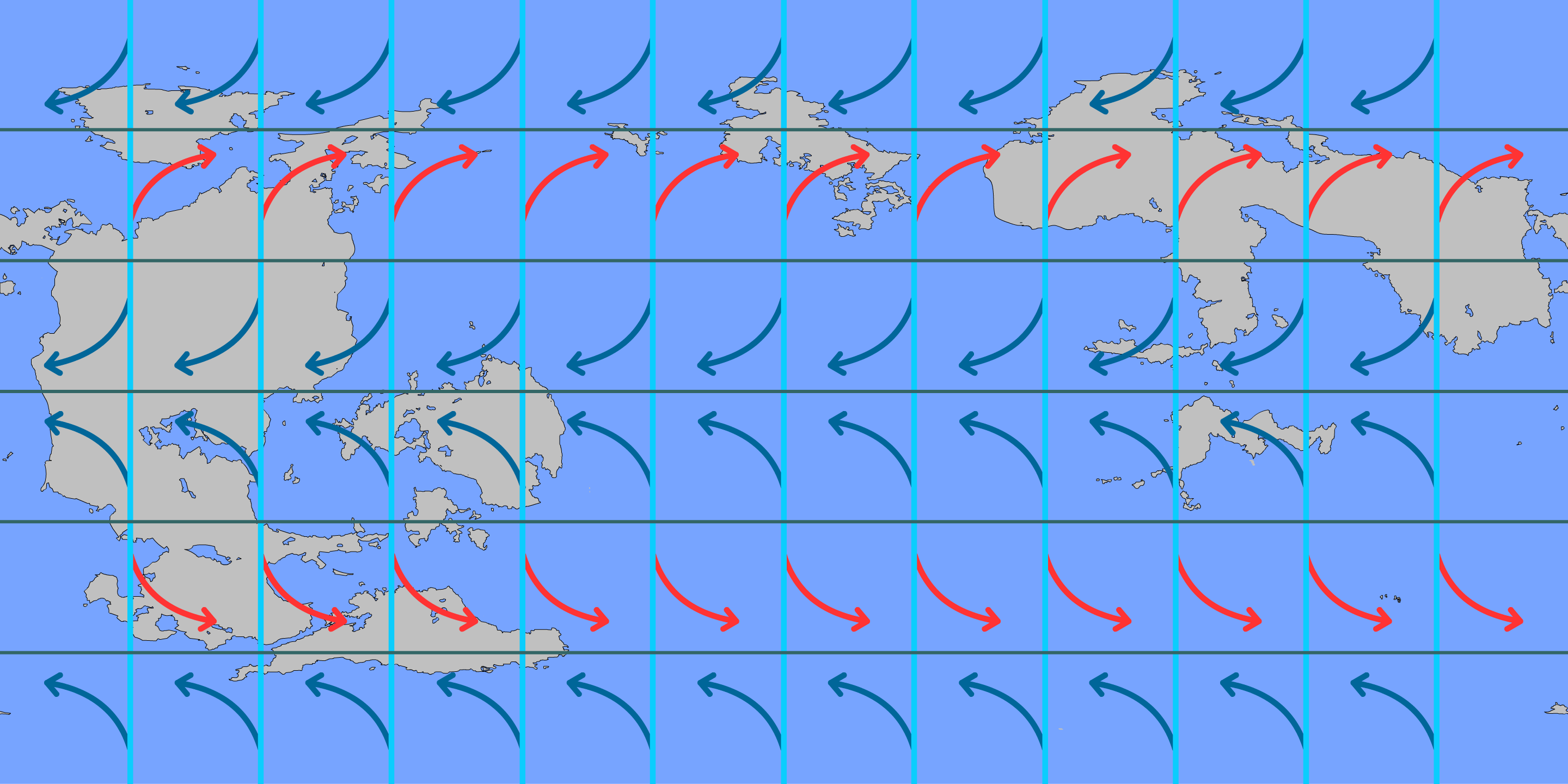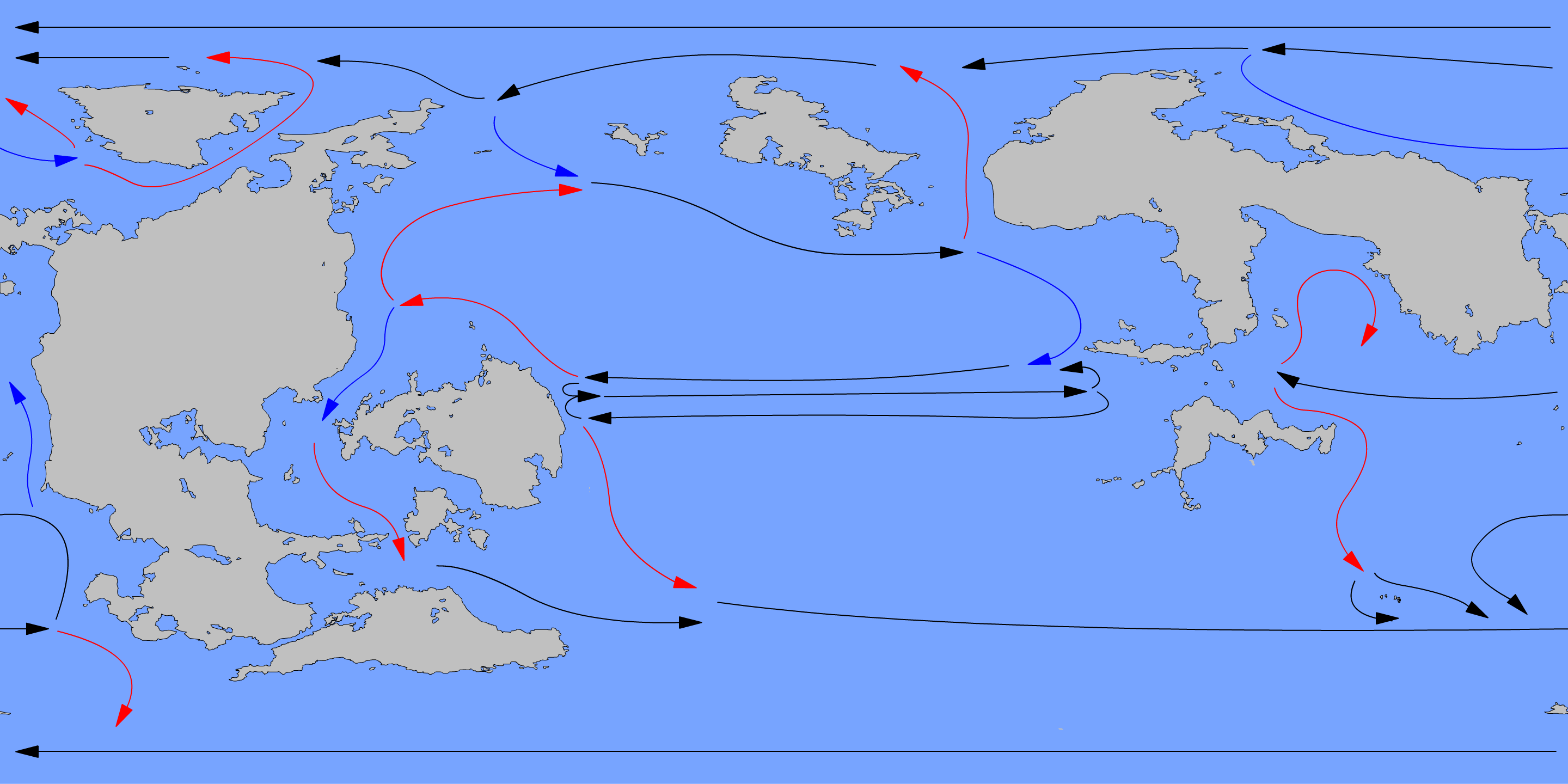

At 2.2 billion years old, Anthropomundus is a rocky planet orbiting an almost equally young yellow dwarf star that is in nearly every other respect a direct Earth analogue. Save for the contingencies of its native life, Anthropomundus is what one would expect Earth to resemble at about the same age in its evolution. That is, until the intervention of the sophonts of the galaxy, whose tampering would profoundly change the planet forever, starting with the humans, whose mutated M. progenitor descendants would eventually fill nearly ecological faunal niche imaginable in the universe. Yet the planet's youth alone will allow it to host complex life―if introduced and artificially augmented―for at least a few billion years longer than what would be naturally expected from such a world, enabling the imported Earth life to outlive their homeworld―and for some of the native organisms to enjoy their newfound complexity―for eons to come.
Mass: 1.1 M⊕
Mean radius: 6,576 km
Surface gravity: 1.03 g (10.1 m/s2)
Rotation period: 20.4 hrs
Mean surface temperature: 295 K (22.2°C)
Atmospheric pressure: 1.1 atm
Atmospheric composition: 65.6% N2, 14.7% O2, 1% H2O, 0.6% CO2
Semimajor axis: 1.0 AU
Periastron: 0.9 AU
Apastron: 1.01 AU
Eccentricity: 0.00098
Axial tilt: 4.7°
Inclination: 3.2°
Argument of periastron: 112.6°
Mass: 1.023 M☉
Luminosity: 0.828 L☉
Spectral type: G2V
Age: 2.27 billion years
Distance from Sol: 8,000 light years
 |
 |
|---|---|
| Wind Map | Current Map |